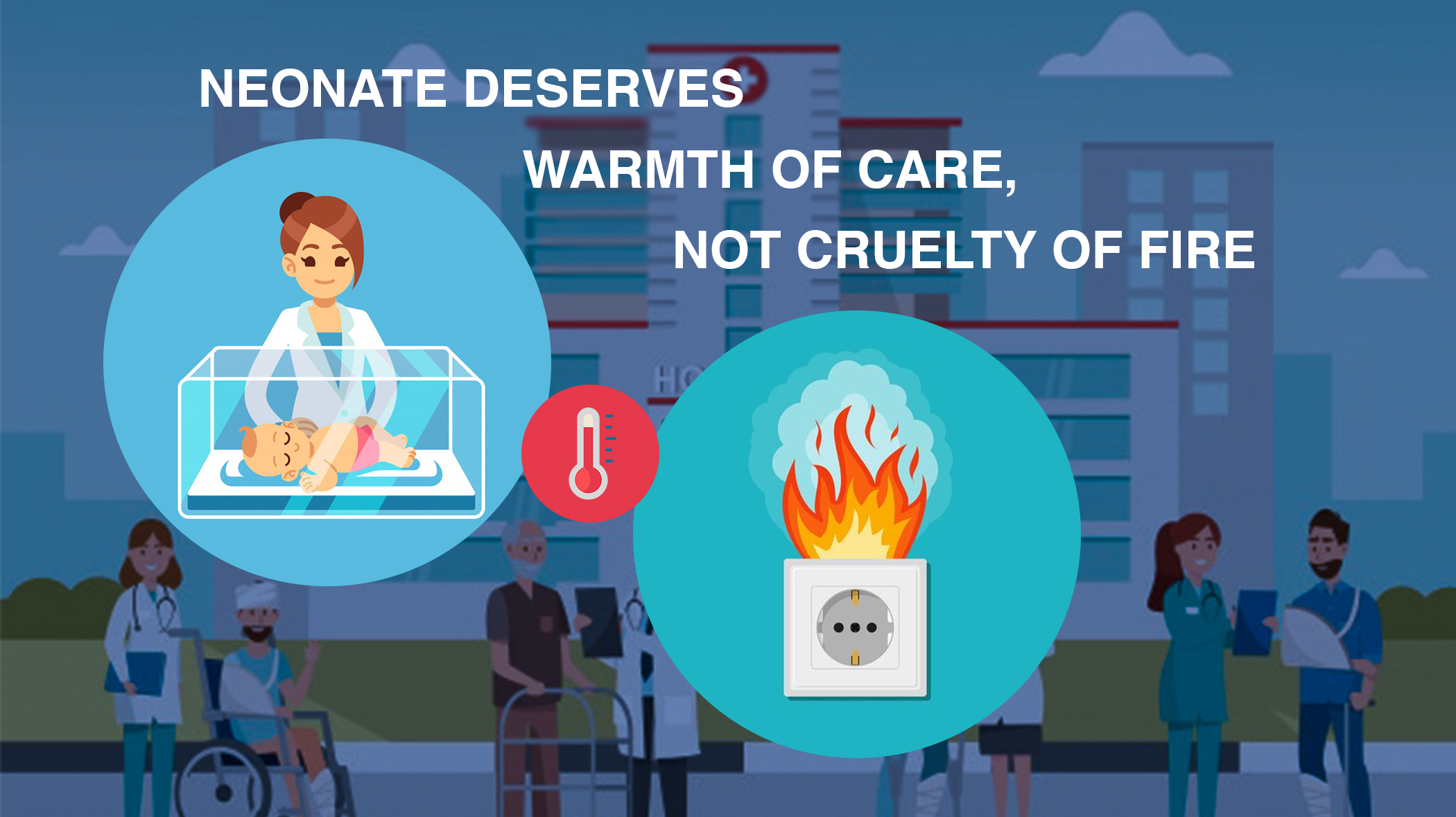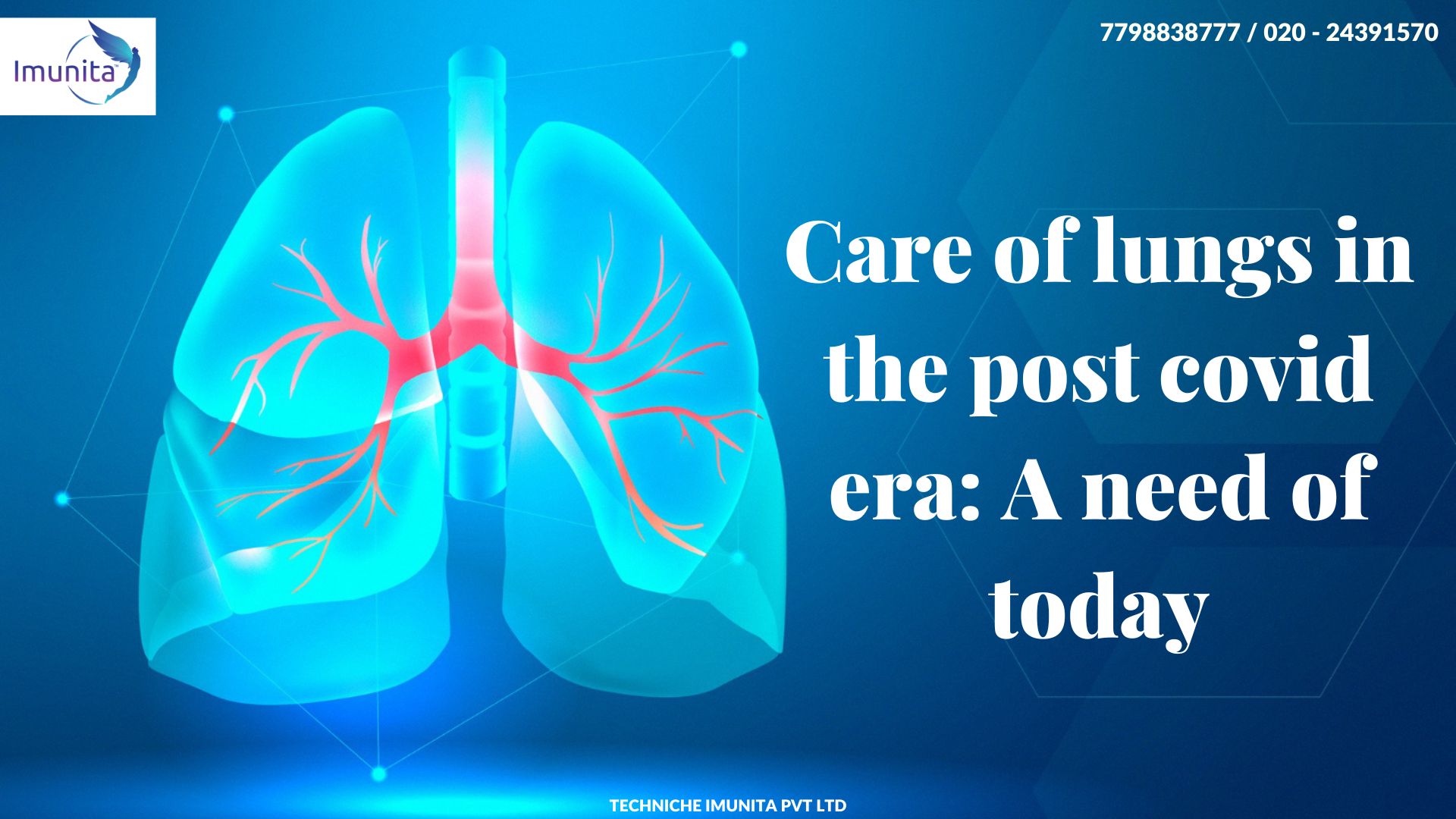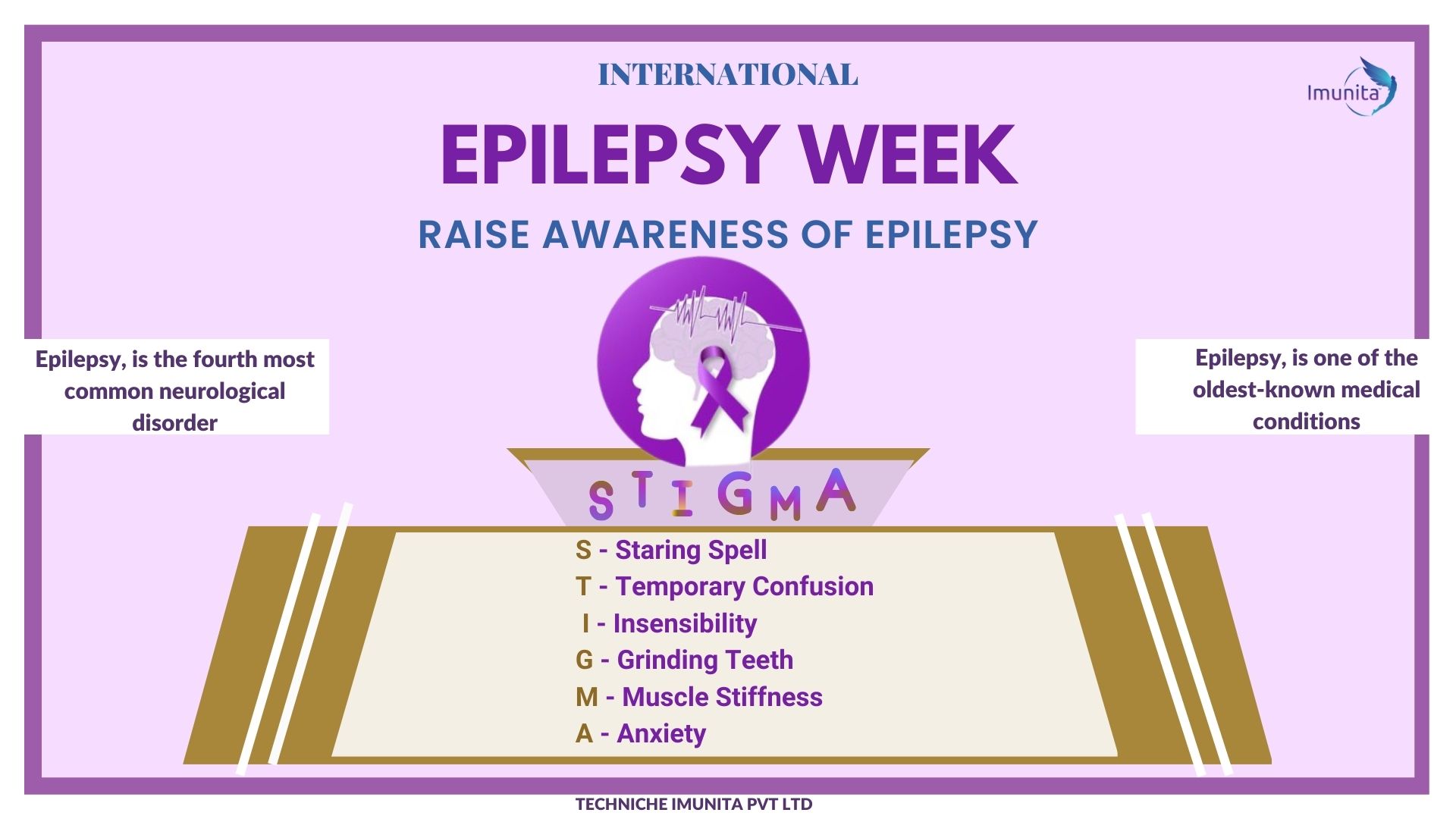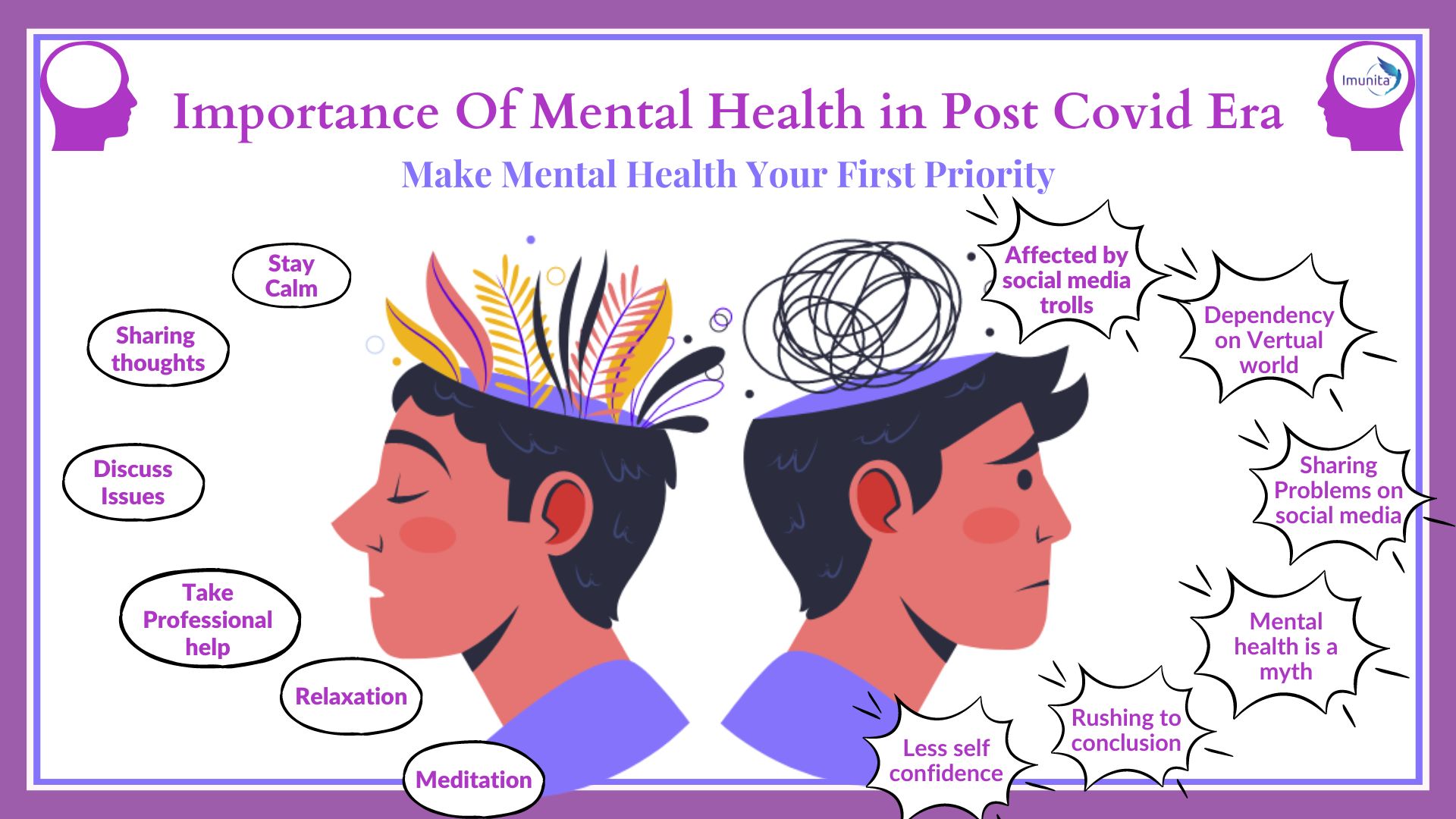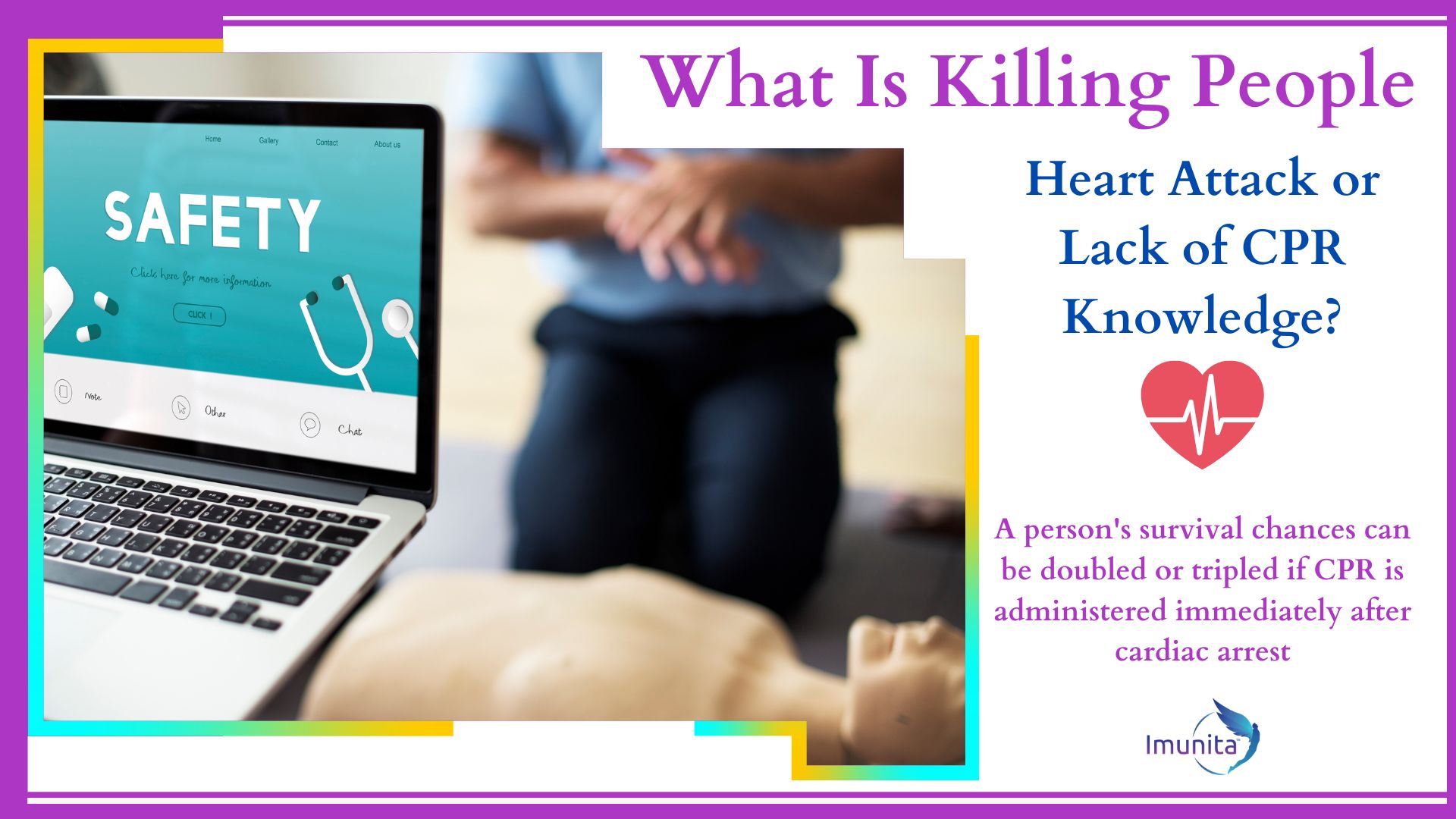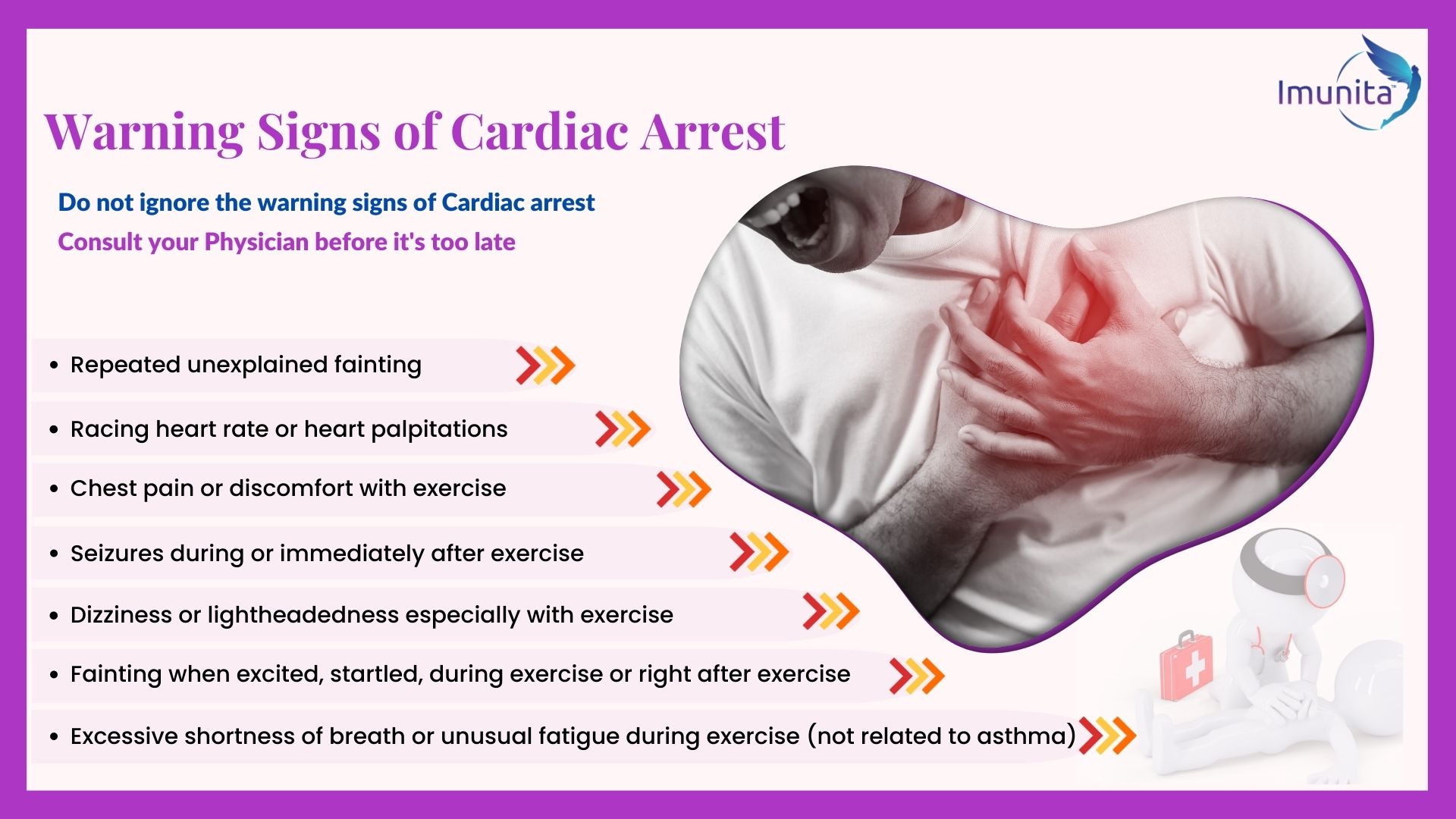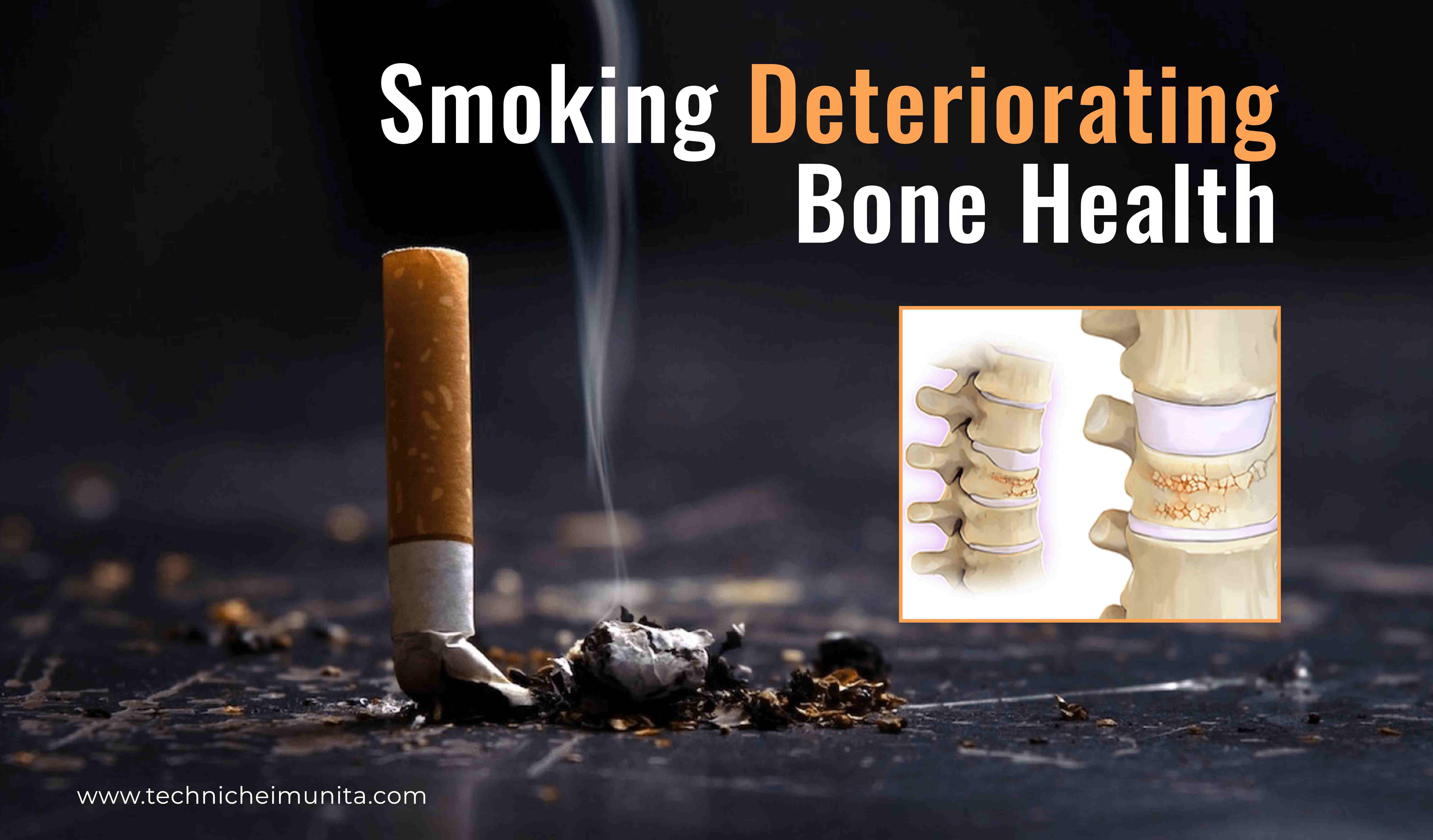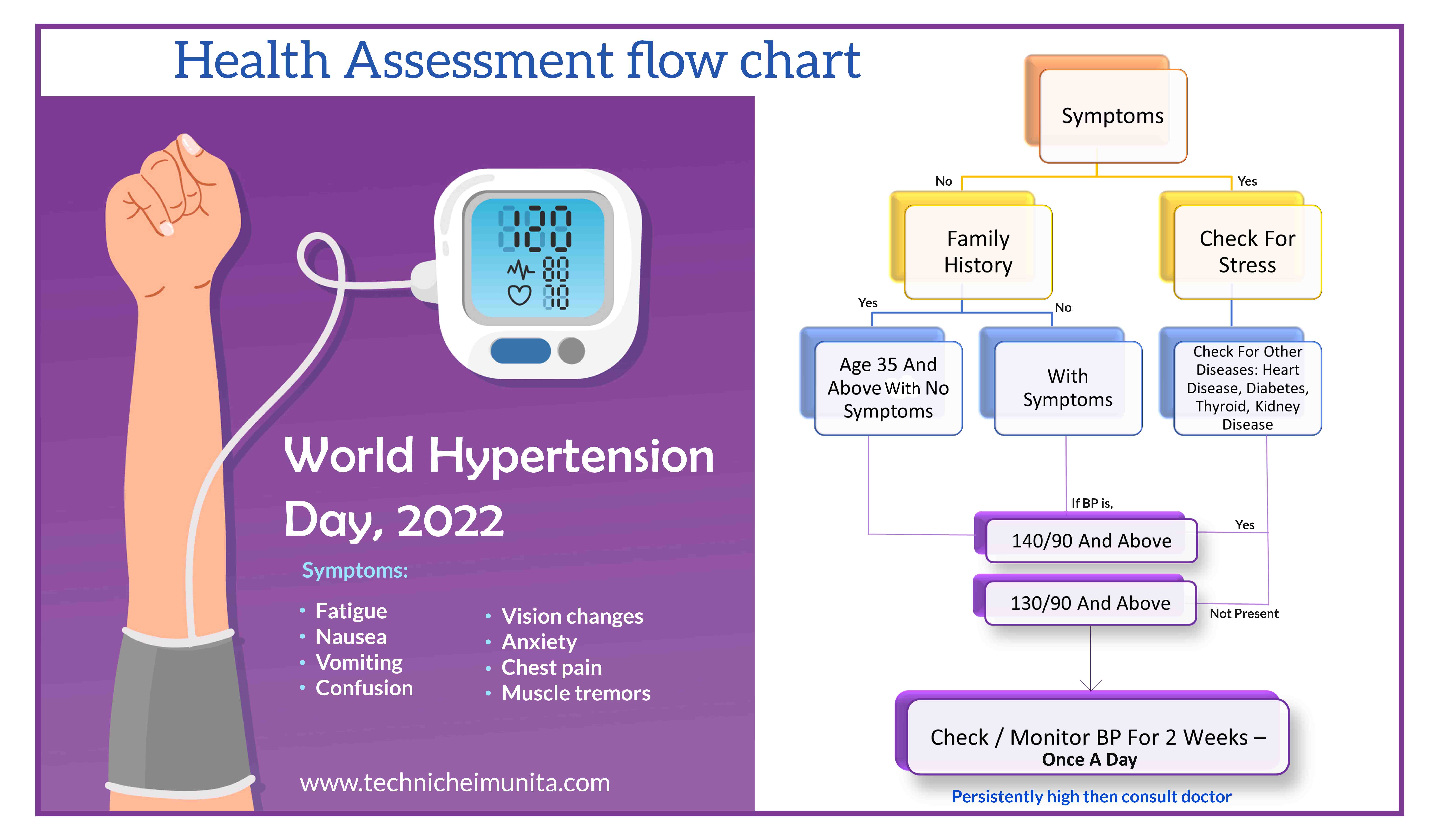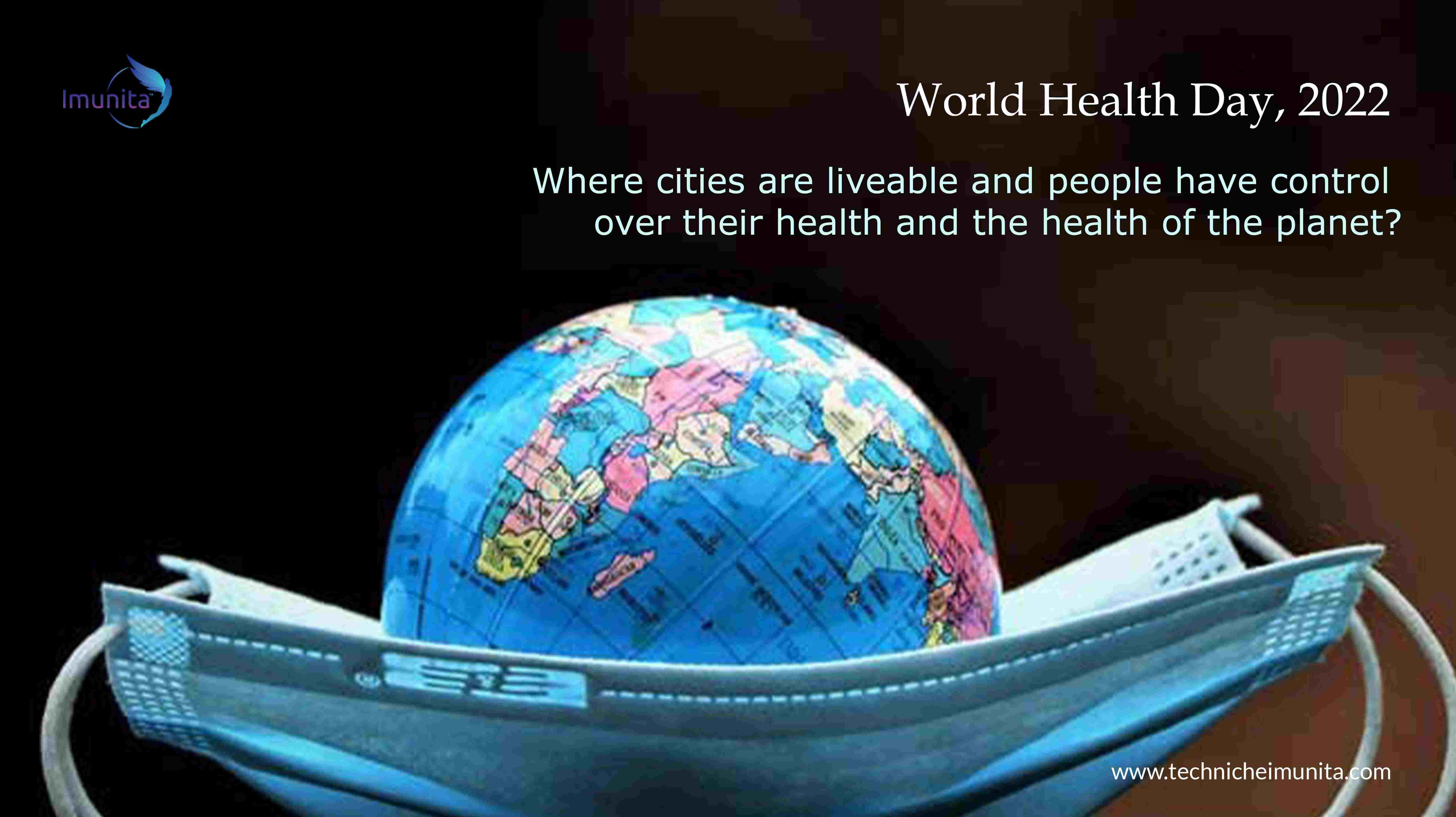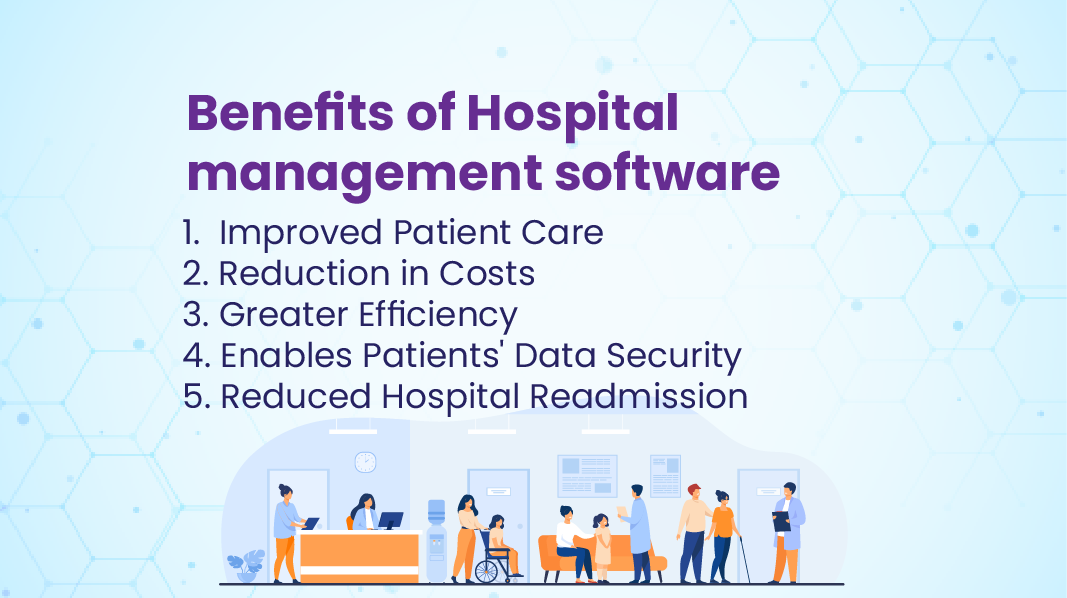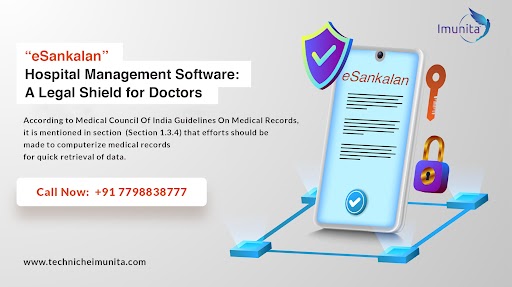The incident of Bhandara hospital where 10 babies died in the fire has shocked us and yet another incident of fire in, Safdarjung Hospital, Delhi has caught our attention. It is observed that every fifth fire-related death in 2017 took place in India. According to the Ministry of Health and Family Welfare, India records an estimated 2.7 crores of pregnancies every year, of these pregnancies 1.61 crores were registered, the current birth rate for India in 2019 is 17.377 births per 1000 people, death rate for India in 2019 is 21.3. It is also observed that while considering fire emergency a hospital usually fails to consider the threats in the gynaecology and obstetrics ward. It seems that we are overlooking pregnant women and neonates in these fire emergencies and getting used to these kinds of accidents while neglecting the safety of staff and patients. Many questions arise but answers and are left unanswered by the authorities like, are Hospitals busy focusing on patient’s amenities and treatment rather than patient safety and disaster management? Are hospitals having fire safety measures?
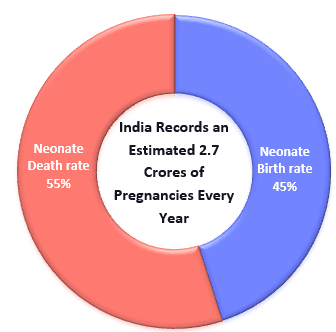
Pregnant women are more vulnerable to fire incidents as the situation is threatening for both mother and child. One of the most terrifying situations to be considered during fire emergency is when patient is admitted in OT for caesarean section and is under anaesthesia. The hospital must have provisions like fire rated doors for OT so that the procedure can be completed until patient is stable. it is difficult to transfer the patient to another hospital. The risk of complications in delivery during a fire emergency is high and hence it is very important to provide immediate emergency care to save the life of both mother and child. The hospital should make sure to sign MOU with the nearby hospital and ambulance services equipped with facilities of burn wards.
- The hospital must provide emergency treatment and assistance with special attention to the vulnerable patients like pregnant women and children
- Hospitals must provide effective training along with mock drills to train every staff member in the hospital for different fire scenarios
- Hospitals must display emergency contact numbers in the reception area
- A hospital should have provision of escape route along with suitable radiant signages




